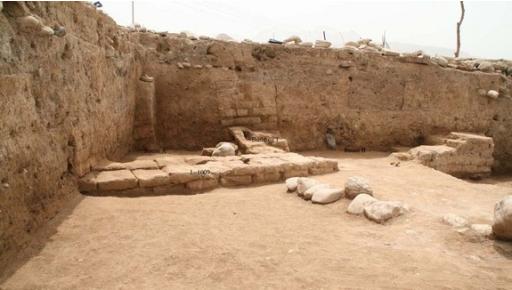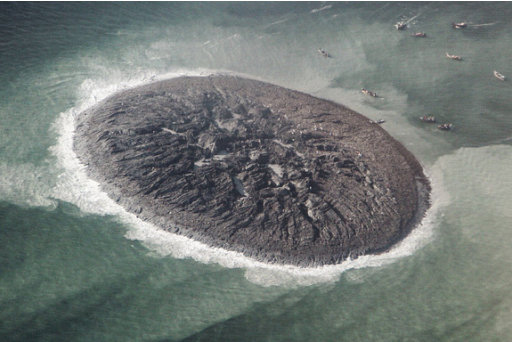 By Kerry Sheridan | AFP News
By Kerry Sheridan | AFP News 
AFP News/Josh Edelson - Moffett Field, NASA Ames Research Center in Mountain View, California on May 3, 2013
A decision by NASA to bar Chinese scientists from an upcoming conference was deemed "inaccurate" Tuesday by the US congressman who wrote the law on which the restriction is based.
The US space agency's announcement that Chinese nationals would not be permitted to enter the Second Kepler Science Conference on exoplanets at California's Ames Research Center November 4-8 sparked a boycott by some prominent US astronomers.
"In good conscience, I cannot attend a meeting that discriminates in this way. The meeting is about planets located trillions of miles away, with no national security implications," Geoff Marcy, an astronomy professor at the University of California, Berkeley, wrote in an email to the organizers.
The restriction is based on a law passed in 2011 and signed by President Barack Obama that prevents NASA funds from being used to collaborate with China or to host Chinese visitors at US space agency facilities.
The legal language was inserted into a funding bill by Congressman Frank Wolf, who chairs the House Subcommittee on Commerce, Justice, Science and Related Agencies.
The law bans NASA funds from being used to work "bilaterally in any way with China or any Chinese-owned company" or being "used to effectuate the hosting of official Chinese visitors at facilities belonging to or utilized by NASA," according to a copy of the legal text sent to AFP by Wolf's office.
However, Wolf's office issued a letter to NASA Administrator Charles Bolden on Tuesday seeking to correct an article on the matter that first appeared Friday in The Guardian newspaper, as well as NASA's stance.
"Unfortunately, the article is riddled with inaccuracies, as is, it appears, the guidance provided by NASA Ames staff to the attendees," said the letter.
The law "primarily restricts bilateral, not multilateral, meetings and activities with the Communist Chinese government or Chinese-owned companies," it said.
"It places no restrictions on activities involving individual Chinese nationals unless those nationals are acting as official representatives of the Chinese government."
Wolf said NASA officials may have believed that the move was needed because of extra temporary restrictions on foreign nationals after a potential security breach by a Chinese citizen at a NASA facility in Virginia earlier this year.
Bolden announced those extra measures at a hearing on March 20 before the House subcommittee that oversees funding for NASA -- the same one that Wolf chairs.
"I have ordered a complete review of the access which foreign nationals from designated countries are granted at NASA facilities," Bolden said at the time.
"I have ordered a moratorium on granting any new access to NASA facilities to individuals from specific designated countries, specifically China, Burma, Eritrea, Iran, North Korea, Saudi Arabia, Sudan and Uzbekistan."
In the intervening months, a formal report on the probe has been completed and should be released soon, Wolf wrote on Tuesday.
"It was my understanding that NASA's temporary restrictions had been lifted after a review of security protocols for foreign nationals at all NASA centers," his letter said.
"It is clear the NASA Ames guidance provided to conference attendees was inaccurate and not reflective of the statutory restrictions enacted by Congress," he concluded.
"NASA headquarters needs to send updated guidance to both the conference attendees and to the press to correct this misconception."
The co-chair of the upcoming Kepler conference, Alan Boss of the Carnegie Institution for Science in Washington, issued a statement to attendees Tuesday that did not reference Wolf's letter.
However, it said the committee learned of the rules in the final stages of planning in late September and as a result denied the pre-registrations of six Chinese scientists.
"We find the consequences of this law deplorable and strongly object to banning our Chinese colleagues, or colleagues from any nation," said the letter from Boss.
"We are pursuing other options that will allow participation by all interested scientists either in person or remotely."











